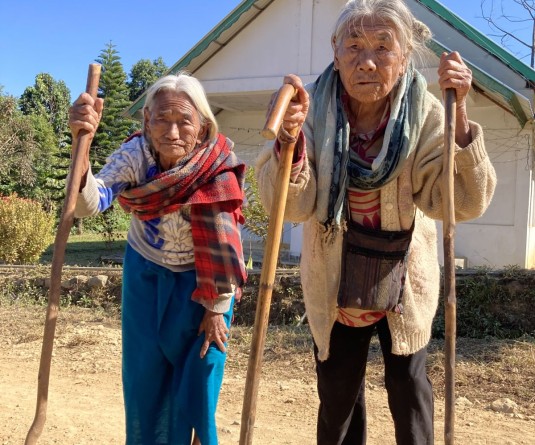
Representation of the Oppressed Sections Abysmal
Dr. John Mohan Razu
Social disequilibria continue to evade the oppressed sections of the Indian society in higher education. A society shall never reach its zenith, if it is built on social inequality. A tiny percent—minuscule enjoys the facility extended by India population enjoys the facilities that are there in higher education, whereas a huge percent that occupies the oppressed sections do have any access. Obviously, those in the higher echelons of the system of caste—the privileged castes have the access and benefit of enjoying all that offered by the society in the sector of higher education. The general categories (the dominant castes) comprise nearly 95 percent in posts of “professors” as against 3.54 percent of the Scheduled Castes (SCs) and 0.86 percent of the Scheduled Tribes (STs).
Likewise, in the junior most teaching position such as “assistant professor” and also in general categories have a share of 66 percent as against 12 percent of SCs and 6 percent of STs, OBCs have count for nearly 15 percent. Across these lines, of the three oppressed categories, general communities have a share of 75 percent, SCs 10 percent, STs 4 percent and OBCs 10 percent. HRD ministry has recently provided to the Parliament’s Committee on Welfare of OBCs the caste-wise break up of faculties in higher education institutions. It observed that the creamy layers continue to enjoy the maximum whereas the oppressed sections do not enjoy as against the numbers that they represent and therefore it should rationalized.
The observation clearly posits the massive shortfall in comparison to the reservation available to SCs (15%), STs (7.5%) and OBCs (27%). Interestingly the government has recently carved out 10 percent reservation for the poor among the general communities (dominant castes). However, all these committees do not carry out whatever prescribed at the policy levels. Even if there are vacancies, the dominant castes that sit and control these committees tend to deliberately thwart the oppressed communities to enter into for which they are entitled legitimately. On the basis of diverse pretexts and narratives they tend to justify and offer reasons why they have not been accommodated. It’s unfortunate that they are no checks and balances because those who control these mechanisms belong to the dominant communities.
This is the sole reason wherein the oppressed communities do not occupy the top position in the higher education. On the contrary, the oppressed communities occupy the major fulcrum of the Indian society, but their visibility is abysmal. Those who are concerned on social parity/equilibrium will have to ask for social audit that too at the departmental level. The dominant castes show one big basket and say that they did fill as per the prescription, but in reality that may not be true. Over and above, most of the vacancies have not been filled despite the Apex Court’s directives as well as Constitutional guarantees. This is nothing but a clearly drawn out ‘conspiracy’ of the dominant castes. They want to control education and educational institutions and certainly the higher education. Most of the institutions and higher levels of learning like IITs, advance research institutes and centers are being controlled by communities which are tiny as against the overall percentage of the Constitution. When would this aberration be rectified and challenged and how are we going to do?




